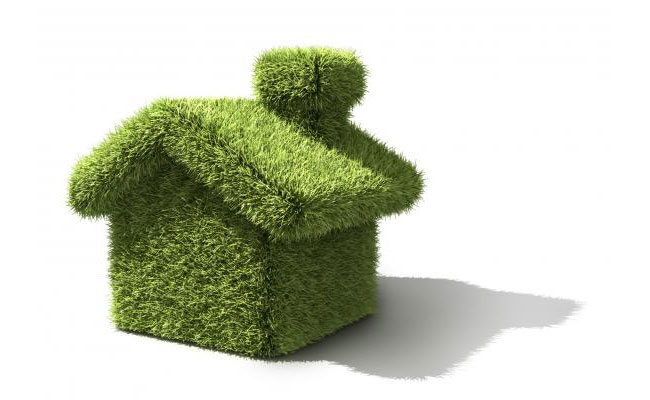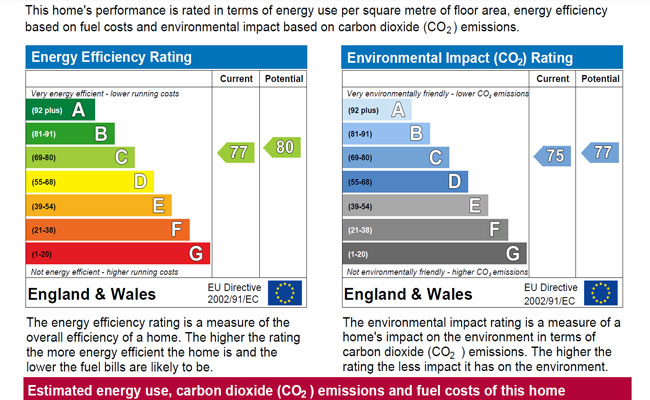Making energy greener than that big fella that endorses sweetcorn.
If you’ve ever been a poor student like me, you know how damn cold those winters can be. Many a time I’ve spent huddled around my halogen heater, wearing three jumpers, a woolly hat, gloves and whatever other insulative properties I can drape over myself.
It’s not just the poor students who suffer though; thanks to some of our incredible old buildings that are still standing in England, a lot of houses are poorly insulated, either thanks to general wear and tear, size or older window installations and poor building work. Some of these houses actually cost an absolute fortune to actually heat as well, meaning lots of people are either sat in the cold, or racking up massive energy bills just to stay warm.
Thankfully, there’s now a solution to the problem.
The Green Deal
In response to the demands of both the public screaming in horror at their energy bills and the need to make our world a greener place to live, the DECC (Department of Energy and Climate Change) has launched the Green Deal, a new incentive designed to make creating sustainable, cleaner energy affordable for both businesses and normal home owners.
But what is the Green Deal? Is it really a good deal, and is it really that green? The answer is relatively simple: yes it is.
To put it as simply as possible, the Green Deal is a brand new incentive that allows property owners to gain finance that can be put towards creating a more energy efficient home. It doesn’t work like regular loans; although you are technically borrowing money from the government, the money received is used to complete the installations, and then is tied into your property.
This essentially means that on your energy bills, you’ll also get a fee charged by the Green Deal. Although this may sound like you’re paying extra money, the bill will also now tell you exactly how much you’ve saved on the Green Deal, which generally works out as pretty substantial savings over an extended time period. Also, since the loan is tied directly into your property and not your own finances, the loan stays with the house even after you’ve left, and becomes the financial obligation of the new homeowner.
You may still be a bit dubious about the Green Deal. You’re probably thinking something along the lines of ‘what if the cost of the upgrades costs more than the savings?’ but I can now condense your worries down to nothing as I tell you that the ‘Golden Rule’ of the Green Deal is that the expected financial savings must be equal to or greater than the costs attached to the energy bill.
How Can I Benefit From the Green Deal?
As of the time of writing, you can’t. However, the Green Deal is expected to be rolled out in October 2012, so now’s certainly the time to learn all about the benefits of the scheme, and what you can expect to get out of it.
The initial plan for the Green Deal is to assess whether a property will benefit from various different ‘measures’, each of which should improve the energy efficiency of the home. According to NAPIT’s site, the list of measures is currently:
- Gas and Oil Fired Condensing Boilers
- Warm air units
- Radiant Heating
- Heating, ventilation and air conditioning controls
- Fan assisted replacement storage heaters
- Under-floor heating
- Mechanical ventilation with heat recovery
- Flue gas recovery devices
- Chillers
- Variable speed drives for fans and pumps
- Cavity wall insulation
- Loft or rafter insulation
- Roof Insulation
- Internal and external wall insulation
- Draught proofing
- Floor Insulation
- Heating system insulation (cylinder, pipes and ducts)
- Lighting systems, controls and fittings
- Water efficient systems, taps and showers
- Hot water controls (including timers and temperature control)
- Cylinder thermostats
- Waste water heat recovery attached to showers
- Ground Air and water source heat pumps
- Solar water heating
- Solar PV
- Micro wind turbines
- Biomass boilers and room heaters
- Micro-CHP
- Replacement glazing
- Secondary glazing
- Solar blinds, shutters and shading device
- High performance external doors
In the future, there are also plans to extend the already pretty lengthy list further. Each of the measures outlined above are potentially available to consumers from both a home and business standpoint, but in order to qualify for the scheme, there’s some rules that must be followed first.
The First Step
The first thing that will be assessed will be whether the measure is eligible to be carried out on that particularly property. As we’ve already said, the loan given by the Green Deal is tied to the property, which means any measures taken must be fixed in place, and aren’t transferrable between properties. The exact criteria for this procedure is still being made by industry experts, but for now just remember that any measures taken are tied into that property until such time as the Green Deal funding has been paid off.
On a post at GreenDealInitiative, they outline that the current plans are for home owners to be given up to £10000 to invest into home improvements. The amount available to business currently hasn’t been disclosed, and loans can be paid back through energy bills for up to a maximum of 25 years.
Step Numero Deux (AKA, two.)
As it stands, when assessing a properties’ energy rating, a trained assessor will evaluate the various areas of the property and give them an energy rating, then score the rating against any improvements that can be made. This type of document is known as an EPC (Energy Performance Certificate) and currently looks something like this:
As the Green Deal begins to start becoming available sometime in October, the current EPC will be ‘strengthened and improved’ in order to assess whether a planned measure is actually suitable for a particular property.
This document will also outline exactly how much energy usage is being used, taking into account the amount of people in the property, the temperature they crank the heating up to and various other factors.
As the DECC says on their Green Deal report:
“Certain factors, such as the quality of installation, how measures perform in real-life, and whether the building occupiers change their energy use patterns, will affect the actual level of energy saving. For this reason, evidence gathering will draw on information and data from field trials and demonstration projects”.
Step Three: Always Obey the Golden Rule
As I’ve already said earlier, the golden rule of the Green Deal is that anything that’s installed on a property must offer significant savings, or at least be equal to the cost of repayment.
Even if it takes 30 years, these savings must be clearly worked out before any work under the Green Deal is allowed to go ahead. The products must also be safe, reliable and capable of performing the job they were intended to do, which is, of course, to save the home/business owner money in the long run by developing more efficient energy sources.
The Benefits for Professionals
The Green Deal is also set to create a number of new jobs within the sector, allowing industry professionals to become qualified energy analysis experts and work closely with home owners and business to take Britain into a new age of eco-friendly housing and buildings.




